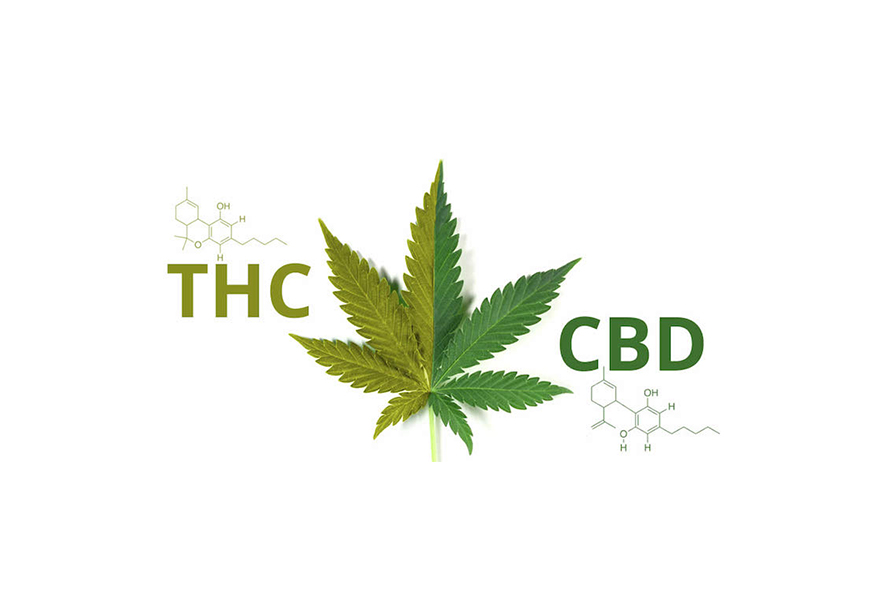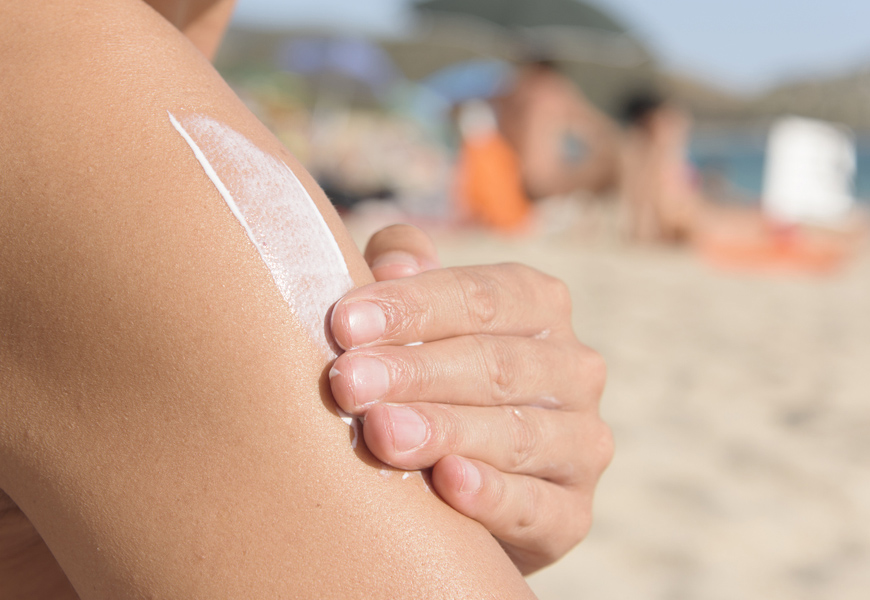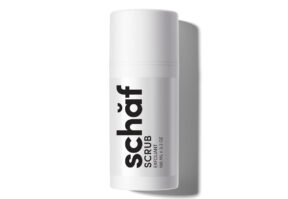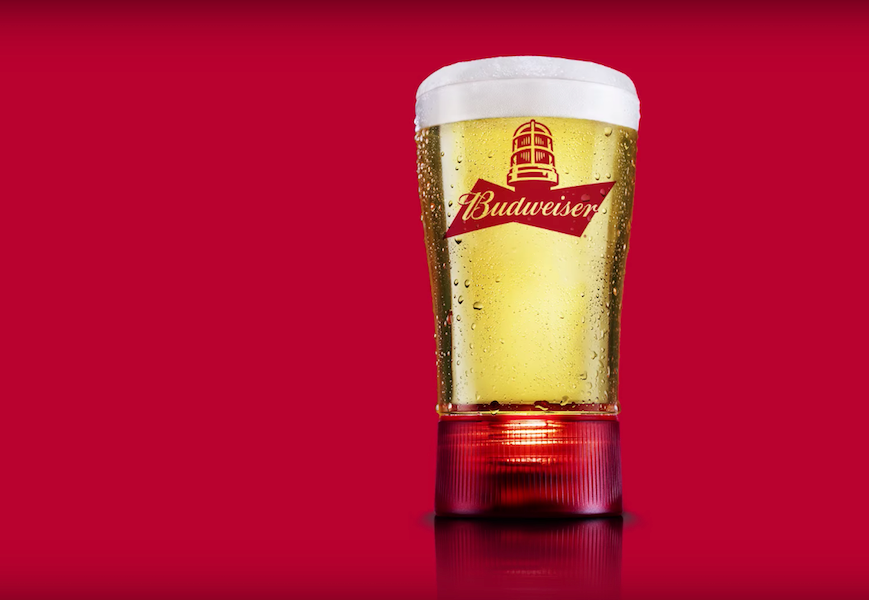Prime Minister Justin Trudeau’s campaign promise to legalize cannabis has finally come true. Although each province has their own set of rules to regulate the purchase and use of cannabis, it is now officially legal to use the drug recreationally. Whether you plan to partake or not, it’s not a bad idea to understand the law and the different ways cannabis might be used by just about anyone.
There’s still more work to be done to fully legitimize cannabis use in all its forms. For example, edibles won’t be legal until next year after the government has a chance to get a framework of regulations in place. But as of today, anyone over 19 can legally buy fresh and dried cannabis and weaker kinds of cannabis oil, grow up to four plants at home (except in Manitoba and Quebec), and carry up to 30 grams outside of their residence.
The two main cannabinoids that occur naturally in the cannabis sativa plan are tetrahydrocannabinol (THC) and cannabidiol (CBD). They have very different effects so are used for different products and with different goals in mind. You’re about to see a lot more cannabis-based products and services hitting the market, so you now is a great time to learn the difference between CBD and THC.
CBD
CBD is non-psychoactive which means it will not get you high in the way you associate with weed. It can be found both in agricultural hemp and in medical cannabis and it is known to provide a relief from discomfort or pain without impairing cognitive abilities.
Studies have shown that CBD can be useful in managing medical conditions like epilepsy, inflammation, psoriasis, rheumatoid arthritis, and IBS. It is also used by people suffering from the symptoms of severe chronic illnesses like cancer, diabetes, ALS, MS, and Parkinson’s. Some people even use it to deal with mental illness such as anxiety, depression, ADHD, and schizophrenia.
When it comes to managing pain, so far, research favours CBD for treating inflammation and neuropathic pain, but a lot of long-term research still needs to be done. There is also a lot of experimenting involved to find the right dose for each person and their needs.
Since CBD lacks the cognitive effects of THC, it is used more often in natural supplements and is also the main ingredient in all those “weed-infused” beers that are currently in development.
There are few different ways to consume CBD—inhalation using a vape pen, topical creams and lotions, directly under the tongue (sublingually), or as an edible (again, edibles won’t be legal in Canada until at least next year).
THC
THC or tetrahydrocannabinol, is the cannabinoid responsible for the short-term euphoric sensations that you associate with being “high”. The effects can differ from person to person. For example, they might make you feel strong feelings of calm and peace while your friend notices an increase in anxiety and paranoia.
Different strains can also provide different feelings so finding one that gives you the high you’re after can be a matter of experimenting—as long as you always start with low doses and pay attention to how it makes you feel, you should be able to find the best strain for you.
Although research into the long-term side effects of THC use are in early stages and still ongoing, there are a few trends that have started to emerge. One study found a link between consistent cannabis consumption and decreased verbal cognitive function over time. Another found that those predisposed to schizophrenia might develop symptoms an average of three years earlier if they use cannabis regularly as a teenager. These studies involved a small sample size and are just the beginning of where research on the topic is headed.
From a medicinal standpoint, THC is believed to be a powerful muscle relaxant that helps with chronic conditions such as fibromyalgia, migraines, and Crohn’s disease. It might also help with the effects of PTSD and Alzheimer’s and counteract appetite loss caused by chemotherapy.
Clearly, there is still a lot to be learned about cannabis, its long-term effects and benefits and how it can be consumed. Today is just the beginning of a long road, but one thing is for sure—how Canadians see marijuana is about to change dramatically, hopefully for the better.












